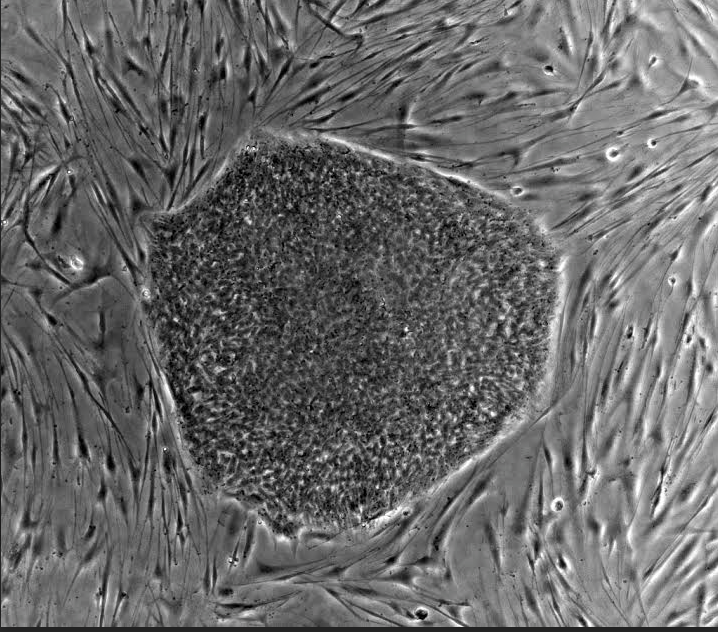(Cell)f improvement
With the passing of time, humanity has battled through disaster after disaster, surviving collectively as a race, despite mass death due to rapidly spreading diseases. With a new age comes a new threat: autoimmune diseases. Although present throughout history, never have autoimmune diseases had such wide public attention as they do today. These diseases, usually genetic in nature or spread through exposure to microorganisms or environmental hazards, are a failure of a human’s immune system where it is unable to recognize certain tissue and that tissue is thus treated as a foreign entity. Several treatments for these diseases are experimental in nature, and lack the steady concrete results most expect in a cure. One of these treatments is the use of human stem cells in order to treat, and potentially cure, specific diseases of this type.
Stem cells are cells that have the potential to mature into practically any cell in the human body. Normally, these cells serve to repair damaged tissue through cell division, in which the stem cell would split in two and the new cell would assume the role of the needed tissue. The use of stem cells in medical procedures dates back to the 1970s, when they were used in the creation of skin grafts for severe burns. Despite the stem cell’s multiple faults in successfully mimicking all the components of human skin, their results were impressive, and more recent research has centered around their use towards autoimmune diseases.
However, one issue with the study and use of stem cells is their source. The majority of stem cells used in research are embryonic or somatic stem cells, one originating from embryos while the other from adult bone marrow and other areas with high stem cell concentrations. The problem lies with the fact that when somatic stem cells are matured sufficiently that their functions are already defined, and thus have a limited number of therapeutic applications. Whereas embryonic cells, being collected from fertilized eggs, have yet to be assigned a concrete role in the human body and are considered blank slates, able to assume and replicate any tissue in the organism’s body.
Clinically approved purposes of stem cell transplants include many blood and bone marrow deficiencies like some forms of leukemia or severe aplastic anemia. These treatments have proven successful and countless lives have been spared suffering and ultimate death due to their conditions. The only major problem lies with auto rejection of the transplant’s host. Such instances occurs when the transplant is incompatible with your body and does not integrate with your normal bodily functions, being instead targeted as a threat to the body. In order to be compatible the immune system of the host must be similar to the donor’s. This condition is usually met when the donation comes from a close relative due to the genetic similarities between the two.
With the ever increasing concern about autoimmune diseases, new services have surfaced in order to cater to the growing demand of people wishing to safeguard against the possibility of such a disease surfacing in their family. Services like CBR (Cord Blood Registry) that, for a yearly payment, will store umbilical cord blood for $1,480 per year and/or umbilical cord tissue at $2,600 for future use if the need arises. The purpose of organizations like CBR are to preserve stem cells as a potential safeguard against autoimmune diseases that can surface later in the client’s life, or any family member.
We lack the technology and the knowledge required to fully manipulate stem cells; yet, we can prove their usefulness. The cell’s behavior opens many possibilities, it has the potential to cure diabetes, of creating synthetic organs for transplants, and potentially saving the lives of millions around the globe.Years of medical research have led to a single concrete truth: as our species’ longevity increases, new unknown diseases and conditions surface that lay beyond our current ability to cope with them, hence why new avenues of research are being pursued in an attempt to control this ever growing concern.
Sources: nih.gov, cordblood.com, eurostemcell.org

Now banished to the POV section, as Features grew sick of his terrible puns, Lucca will spend his second year in The Talon furthering his plans for pun...









